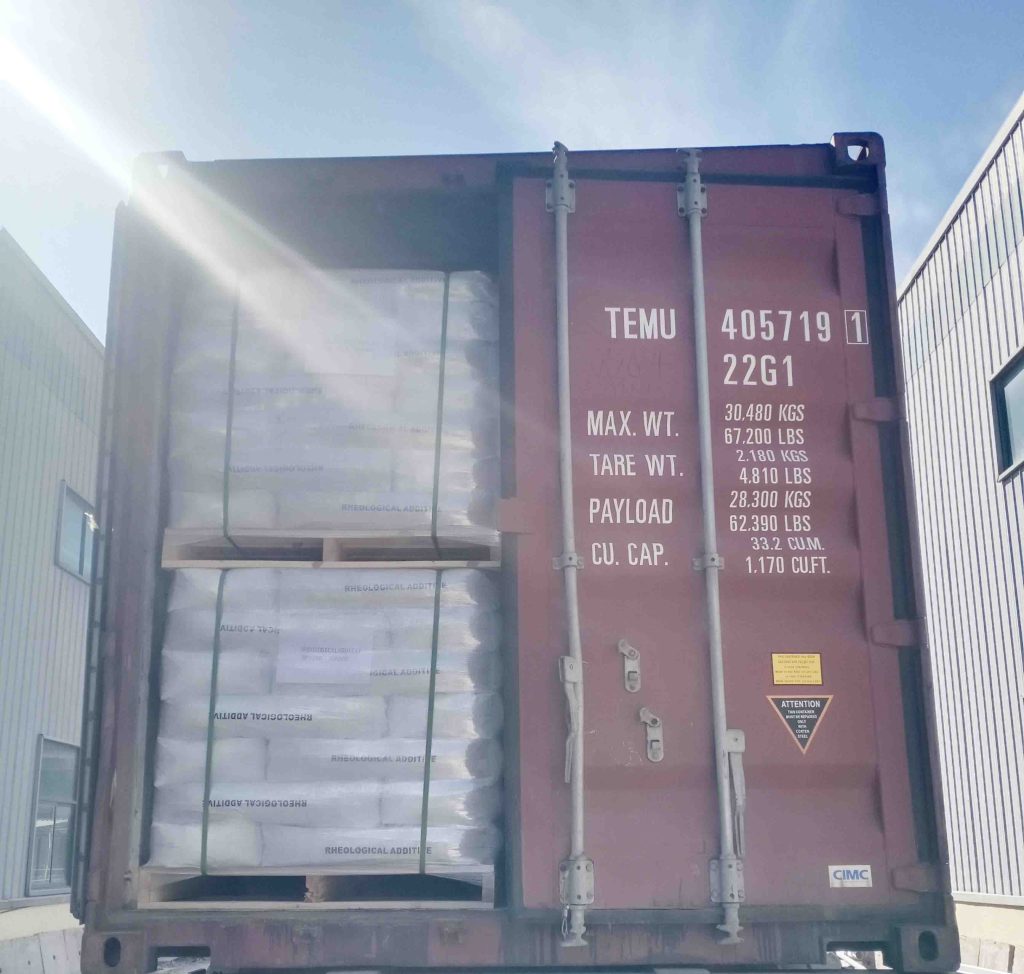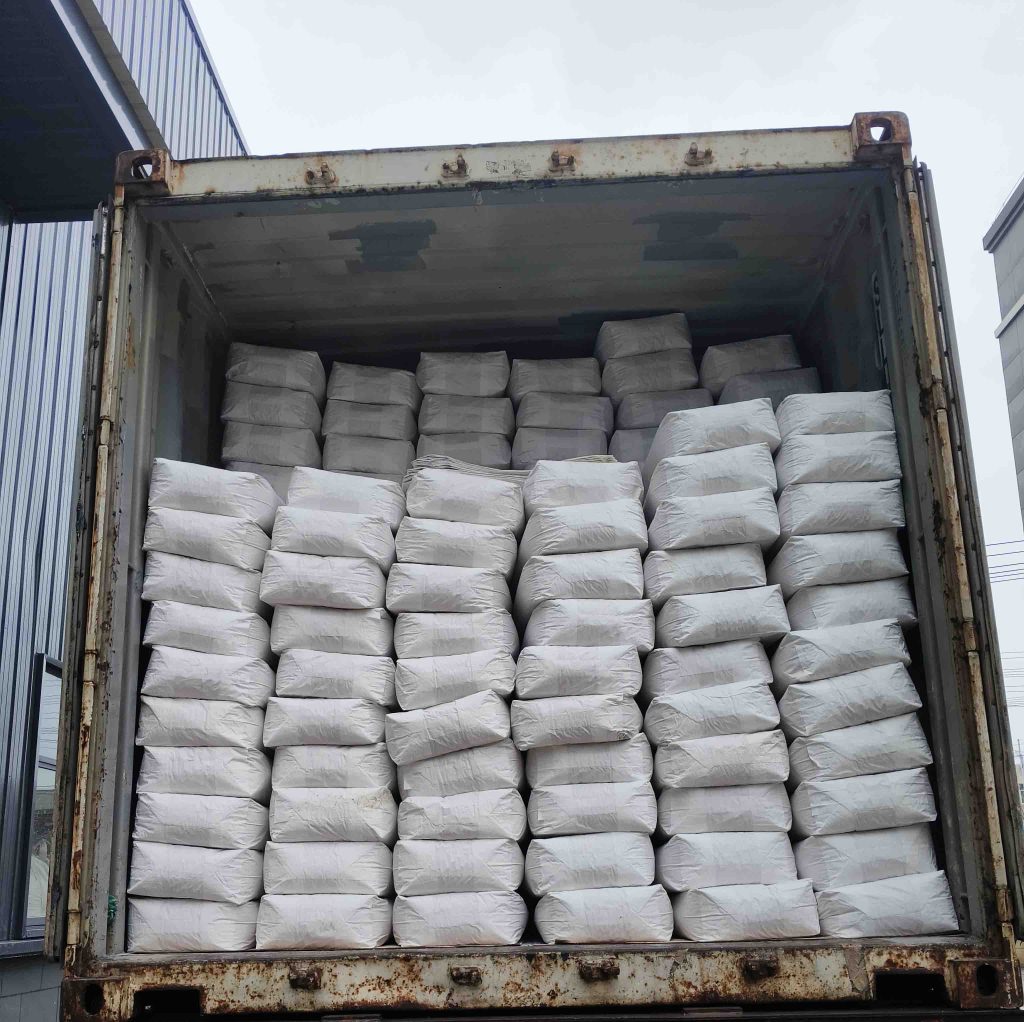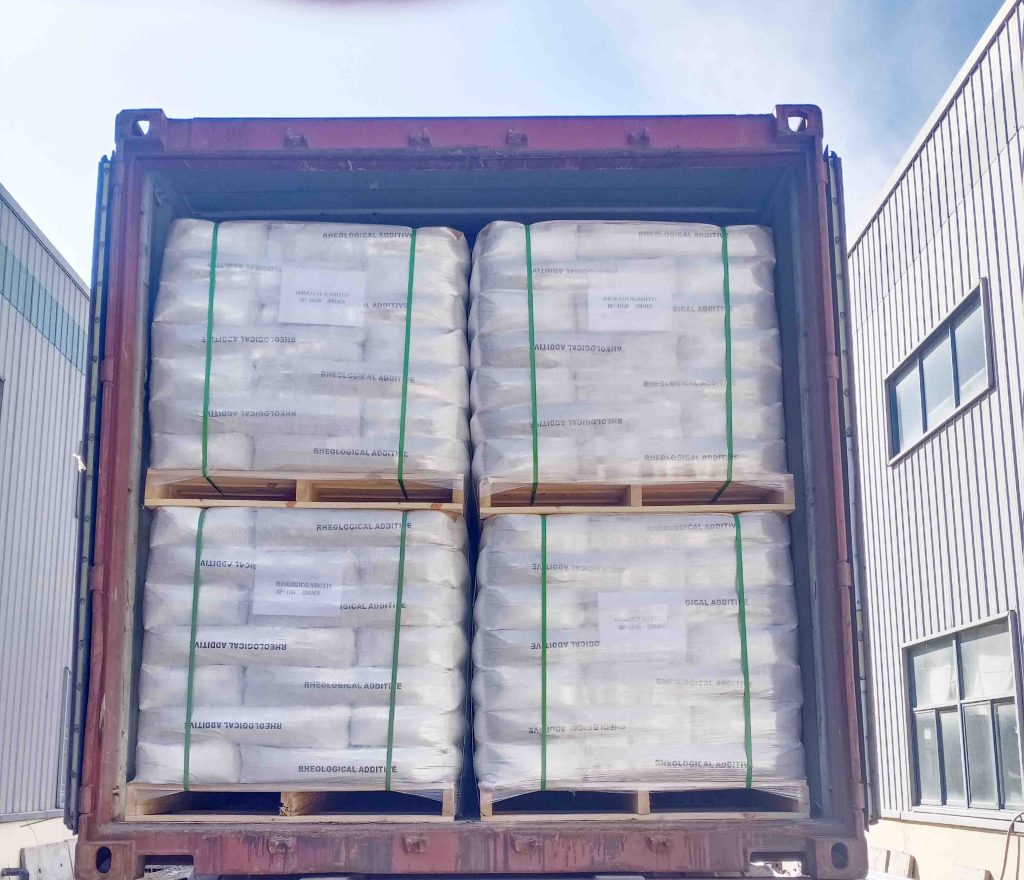Glass beads can be divided into many different sizes depending on the particle size, which determines their use in different industries and ultimately produces different properties in a variety of applications.
In general, glass beads are a lightweight, low thermal conductivity, high strength and chemically stable filler.

What Are Bead Blasting’s Applications?
| Aerospace industry | Remove rust and paint from mechanical components to remove knife marks. |
| Remove scratches on the rubber | Reflective paint for roads |
| Scratch treatment on the surface of stainless steel. | |
| Foundry industry; | Pre processing in the electroplating industry. |
| Semiconductor Industry | Crafts for exterior decoration |
glass bead sandblasting media
Glass bead sandblasting media
Hollow beads and glass beads have obvious differences in several aspects:
1. Structural differences: Hollow glass beads have a hollow spherical interior. Hollow beads have an air or vacuum inside. Ah, glass beads are actually solid glass particles. Its internal structure is very uniform without voids and its density is very high.
2. Application: Due to its special properties, glass beads are widely used in stainless steel, descaling of mechanical parts, and nighttime reflective devices for urban transportation roads.
Hollow glass beads, because of the hardness and size of the uniform distribution makes it can be widely used in coatings, inks, adhesives and other fields. It can also be used in concrete and mortar products.
In some heat-insulating and reflective coatings, glass beads have obvious reflective effect and heat-insulating effect, and it can reduce the weight of the product at the same time.
3. Material: The main component of hollow beads is borosilicate. And the raw material of glass beads is a kind of glass material.
4. Density: the density of hollow beads is relatively light, the density of glass beads is relatively heavy compared to hollow glass beads.
The density of hollow beads is usually 0.1-0.3g/cm³, while the density of glass beads is usually 2.4-2.6g/cm³.
The density of hollow glass beads is in between.
5. Physical properties: Hollow glass beads are characterized by high compressive strength, low thermal conductivity and thermal contraction coefficient.
In addition, hollow glass beads also have the advantages of light weight, large volume, dispersion, mobility and stability.
Size of glass beads for blasting
Model of glass bead sandblasting media | Sieve Size (mesh) | Particle Size Range(μm) |
WSL17L# | 20~40 | 425 ~ 850 |
WSL 18L# | 30~40 | 425 ~ 600 |
WSL 19L# | 40~60 | 300 ~ 425 |
WSL 20L# | 60~100 | 150 ~ 300 |
WSL 21L# | 70~140 | 106 ~ 212 |
WSL 22L# | 100~140 | 106 ~ 150 |
WSL 23L# | 100~200 | 75 ~ 150 |
WSL 24L# | 140~200 | 75 ~ 106 |
WSL 25L# | 140~270 | 53 ~ 106 |
WSL 26L# | 200~325 | 45 ~ 75 |
Specification of glass bead sandblasting media
| Specific gravity | 2.4-2.6 g/m3 |
| Stacking density | 1.5g/cm3 |
| Type | Blasting / Shot Peening Media |
| Spherical | |
| Rockwell hardness: | 46HRC |
| Mohs | 6-7 |
| Round rate | 80% |
| Melting point | 710-730 ℃ |
| Index of refraction | 1.5—1.6 |
Glass bead sandblasting media
Glass beads are extremely versatile and can be used in the following industries:
1. glass beads can be used in rubber, plastic products, sealing materials, insulating materials as it is a lightweight filler and insulator.
2. the low density of the pot temperature itself causes it to be an additive that reduces weight, lowers cost and improves performance.
3. it also has good optical properties, so it is used in optical instruments, eyeglasses, contact lenses and other products.
4. in the construction industry, it is a good thermal insulation material, sound insulation material, it can improve the thermal insulation performance of the building itself, sound insulation performance and decorative.
5. It is used as anticorrosive material in chemical pipelines, storage tanks, equipment, etc. It can also be used to make corrosion-resistant glass fiber reinforced plastic (FRP) products.
6. Glass beads are also a kind of reinforcing agent, in the plastics industry, it is mainly used to improve the strength and abrasion resistance of plastics. Especially in some automobile parts and stainless steel applications.
7. As a reflective material, it is used in paints and coatings because it has a very high refractive power.
In addition to these applications and properties, glass beads can also be used as a sandblasting medium in different industries for polishing surface treatment.


